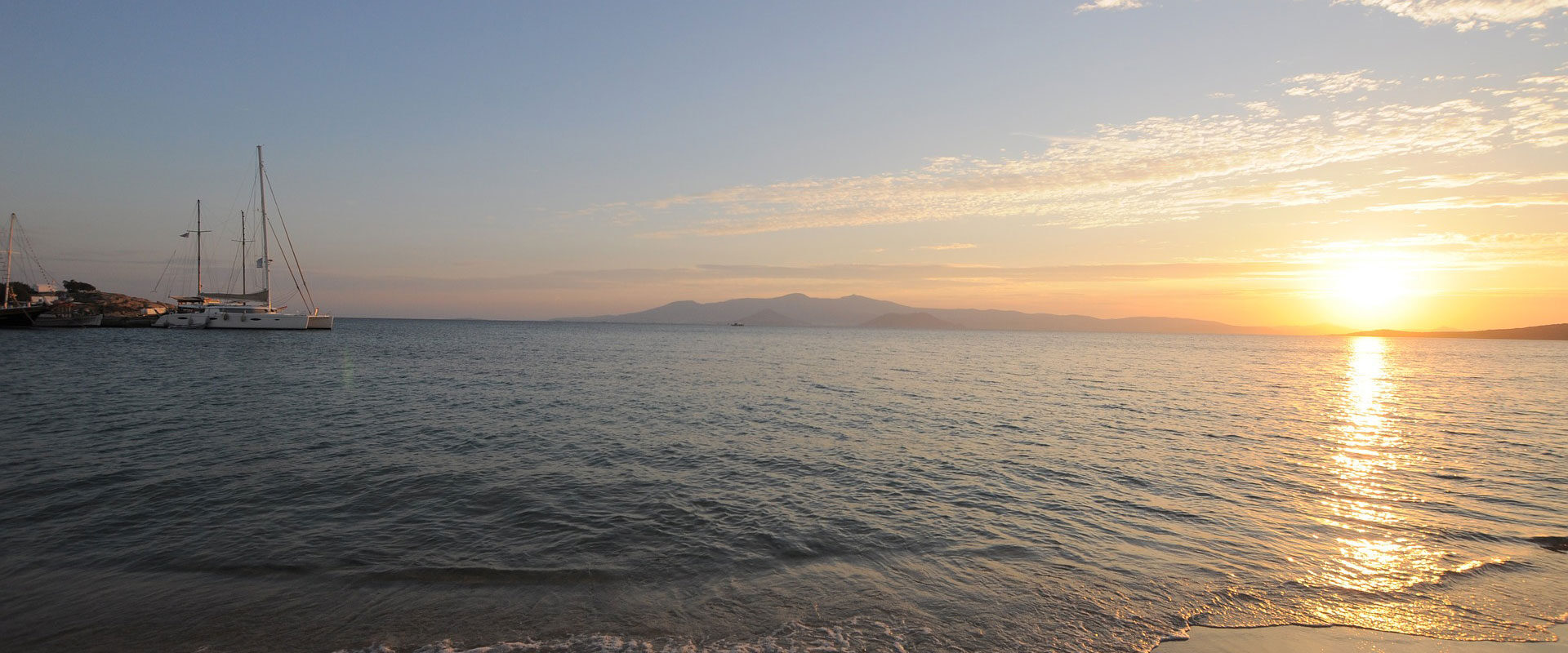
Naxos
Naxos (Greek: Νάξος Naksos, Italian: Nasso) is an Aegean island of Greece.[1] From the Rabbit Islands (The Cyclades). Center of ancient Cycladic culture.[2]
The main income of the island is tourism. Naxos has enough water for agriculture, although the surrounding islands are dry. Zas Mountain (1.004 m) is the highest peak of the region, the clouds it collects make it rain on the island.
In Greek mythology, the god Zeus was raised in a cave on Mount Zas (Mount Zas was named after Zeus).
Again in mythology, Arian, the daughter of Minos, the King of Crete, “forgets” her lover Theseus, while she sleeps on the island, and leaves the island.[3] Dionysus, the god of the island, falls in love with the girl. However, Ariadne cannot bear to be separated from Theseus and commits suicide.
Venetian Marco Sanudo, who gained strength from the Latin Empire established in Istanbul after the Fourth Crusade, captured the island and some other Circle Islands and established the Duchy of Naxos (or Archipelago). Twenty-one dukes from two dynasties ruled over the island until the Ottomans conquered the island in 1566.
Naxos gained a semi-independent administration during the Ottoman period. The Ottomans did not interfere much in the internal affairs of the island. Turkish settlement on this island in the middle of the Aegean Sea was limited. The island passed to Greece in 1832.